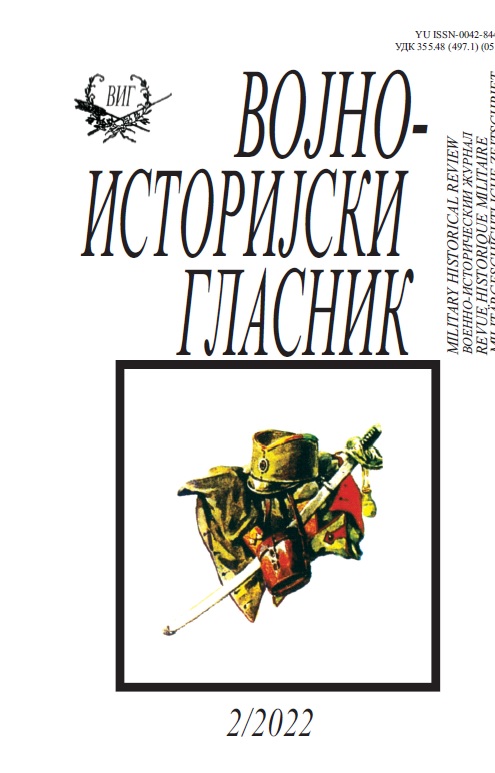THE WINTER MARCH OF NIKOLA ZRINSKI AND JULIUS HOHENLOHE AND THE ARSON OF THE OSIJEK BRIDGE IN 1664
THE WINTER MARCH OF NIKOLA ZRINSKI AND JULIUS HOHENLOHE AND THE ARSON OF THE OSIJEK BRIDGE IN 1664
Author(s): Vladimir Prebilič, Lara Iva DreuSubject(s): History, Military history, Modern Age, 17th Century
Published by: Institut za strategijska istraživanja
Summary/Abstract: The year 1664 represented an important historic milestone in Southeast Europe. The Ottoman Empire reached its peak size in Europe, but at the same time the gradual decline of their rule began tobe obvious. The Habsburg court, headed by the Caesar Leopold I, was not prepared to carry out an extensive military operation against the Ottomans. The latter, well aware of this fact, substantially raided the lands of Ban Nikola Zrinski, especially the beglerbeg of Kanizsa with his constant invasions into the surroundings of Varaždin. In order to protect his lands, the Croatian Ban decided to build fortresses at the borders with the Ottoman estates. However, the Habsburg court did not approve of those decisions. When the Ottoman Army decided to spend the winter in Belgrade, the Viennese court expected the extensive military operations to take place in the summer months of 1664. As the sentiment that the attack is the best defence prevailed, the preparations for the Winter March against the Ottoman units began. The instigator was the Croatian Ban Nikola Zrinski, who counted on the support and participation of Count Julius of Hohenlohe. The primary strategic goal of this military operation was to destroy or at least damage the renowned Suleiman Bridge in Osijek, which served as an entry point into the Hungarian region for all Ottoman military units, so its destruction would represent a huge logistic challenge for the crossing of the Drava River.
Journal: Vojnoistorijski glasnik
- Issue Year: 2022
- Issue No: 2
- Page Range: 22-42
- Page Count: 21
- Language: English

